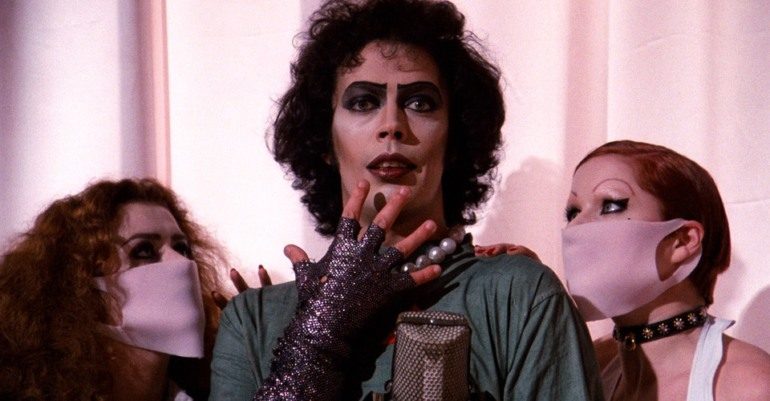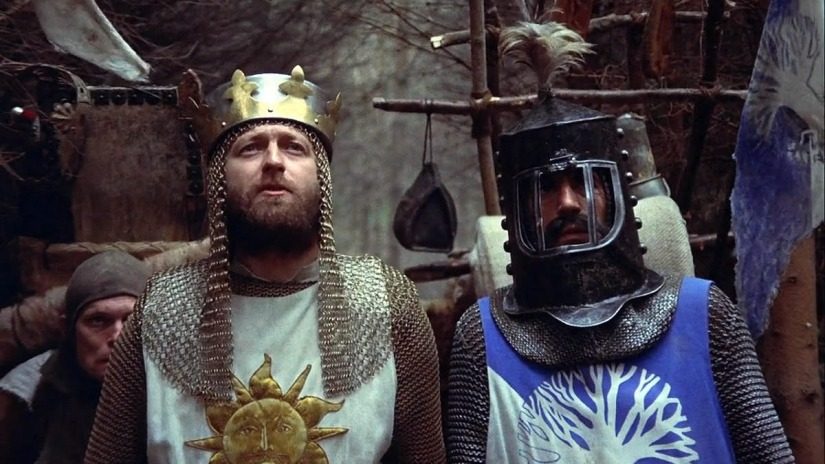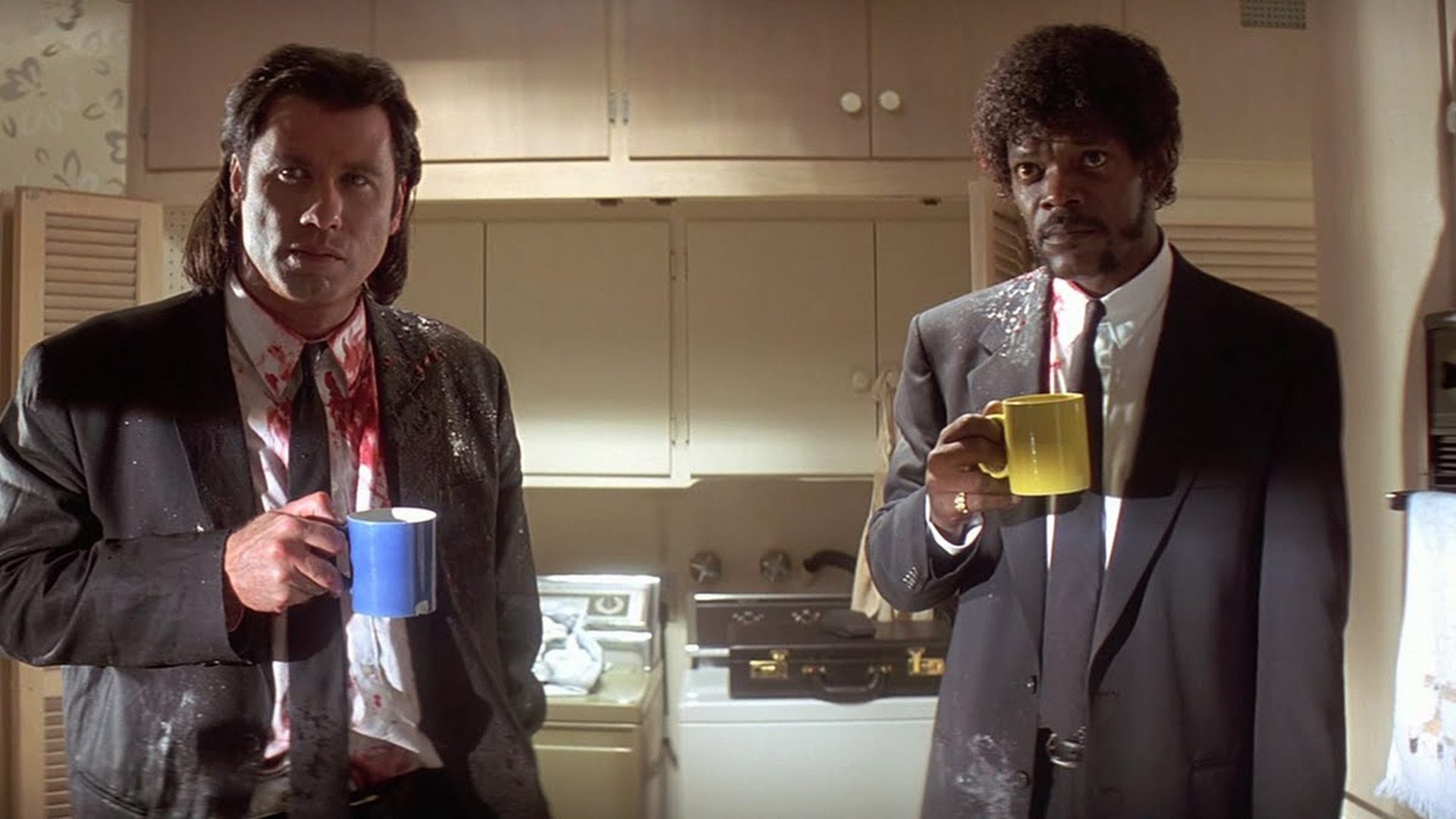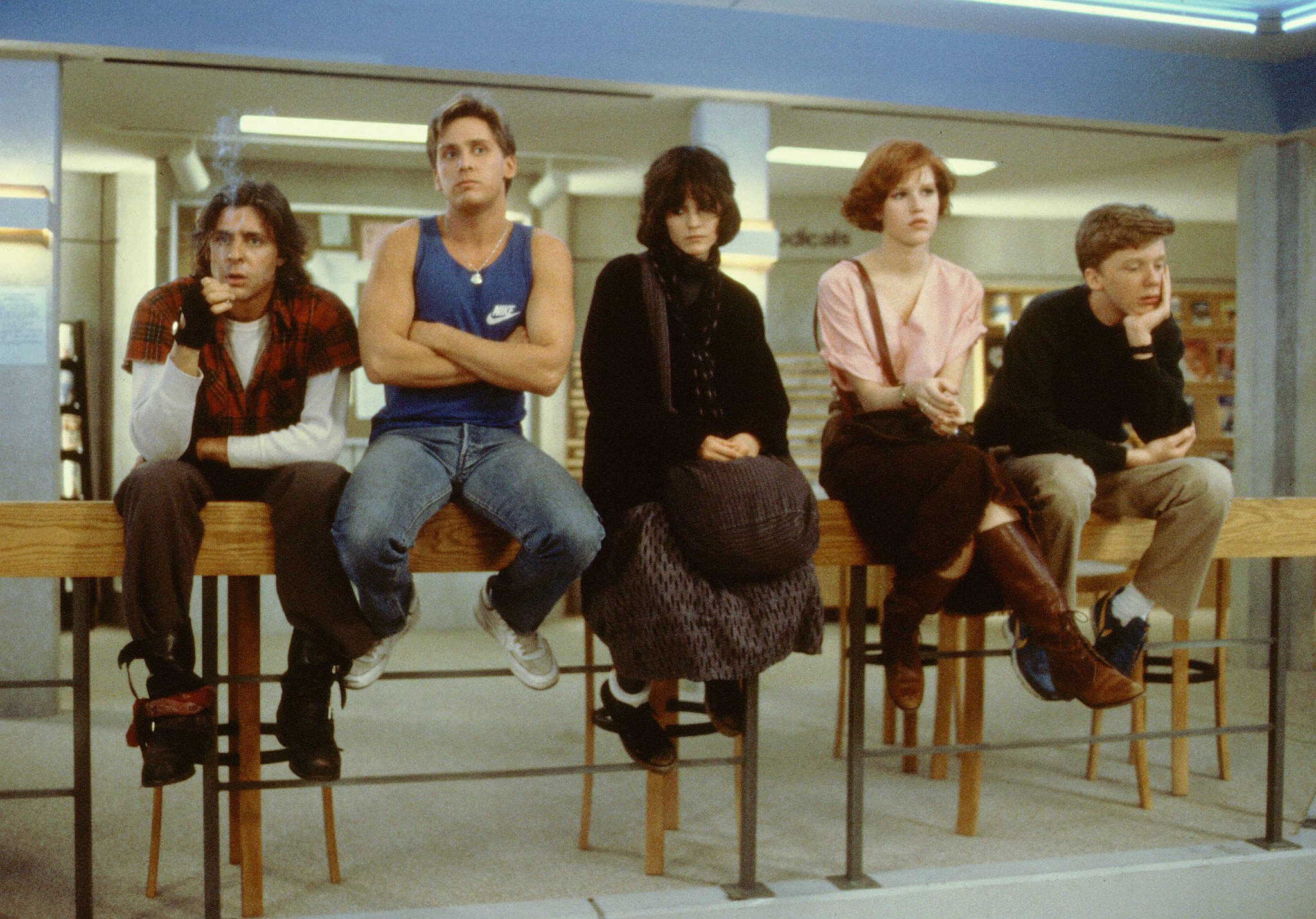

Cult classics, the cherished underdogs of cinema, weave their unique magic into the fabric of pop culture. Often starting as box-office flops, these films blossom into phenomena adored by dedicated fanbases. They are among history’s most memorable and iconic films and significantly shape subcultures while leaving lasting cultural legacies. Beyond their impact on mainstream culture, cult classics profoundly influence various subgroups, fostering growth and creating new subcultures that offer increased representation of specific identities and interests.
These films challenge mainstream expectations by achieving lasting appeal and play a pivotal role in reflecting and shaping different subcultures’ values, aesthetics, and ideologies. This dynamic underscores the powerful interplay between media and identity, showing how cult classics influence broader societal trends and provide a unique window into various subcultures.
The phrase ‘cult classic’ is often thrown around when discussing more underground or niche films, but the meaning of the phrase goes even deeper. The content of films that become cult classics can vary drastically from camp films to experimental filming techniques. More than anything, cult classics typically rely on nostalgia, making older movies, like Monty Python and the Holy Grail or The Texas Chain Saw Massacre, maintain relevance in newer audiences with enduring cult film status. Though no one genre encapsulates all cult classics, they are often rejected from mainstream popular culture because of nontraditional styles and tropes falling into the categories of B movies, genre films, or parodies. Scholars still argue about the true definition of cult films, and many believe the term has come to be used so loosely that it is hardly worth being used as a label. However, in most film classes, cult classics remain defined by the audience reaction or the ‘cult following’.


Cult followings consist of passionate, ‘cult-like’ fans rallying around something, putting it on a pedestal more than what would be expected from a casual enjoyer. Cult followings don’t necessarily have to refer to films – art pieces, ideas, objects, and people can also have cult followings. This is the key that differentiates true cult classics from popular pieces of media – cult classics are defined by the reactions of audiences. These reactions can take various forms like cosplay, conventions, or ritualized audience participation, think of the endless Rocky Horror Picture Show renditions that pop up year after year.
One of the major defining points of a cult following is being outside the mainstream. Whether radicalized or just incredibly passionate, cult followers with their perceived worship of an item, person, or ideology wind up creating their own culture outside the society norm, or a subculture.
Subcultures and cult classics truly are a match made in heaven. Subcultures on their own began from various fashion scenes in Europe in the early 20th century with the rise of the hippie and punk movements, among others. However, subcultures have evolved over the years far past their aesthetic-based roots. Many US scholars argue that we are living in the heyday of subcultures. Smaller or niche populations that follow a set ideology separate from whatever is deemed mainstream culture, from the Tumblr girls to the frat boys, subcultures have become a pillar of modern American culture. While not always the case, increased communication on the internet has played a major role in shaping these subcultures. Online spaces allow people worldwide to join and discuss, creating online communities to trade ideas about Marvel movies or the hottest K-pop group – but I digress. Let’s get back to cult classics.


Cult classics represent a rejection of the mainstream with their continued appeal and popularity amongst subcultures. To take an example mentioned earlier, Rocky Horror Picture Show is probably one of the most well-known examples of a cult classic. While the show has since moved more into the public eye, it started as an almost instant cult classic. The androgyny and inherent queer nature of the plot line and characters pulled an underground queer cult following that was gaining traction in the 70s both in the US and the UK. It helped that the film came out in 1975, only a few years after the Stonewall Riots, which marked the beginning of the modern queer liberation movement. The show has become ritualized with audience participation and regular performances, particularly around Halloween. Rocky Horror’s androgynous aesthetics and sex-positive ideology were embraced by the queer community, allowing the film to grow into a cultural phenomenon.
As visual media is one of the best ways to spread ideas and showcase culture, films like Rocky Horror, which are not considered mainstream, shape the values, aesthetics, and ideologies of the cult following they speak to. While Rocky Horror might be an extreme example as it is so ritualized in terms of audience participation and performance, other films like Fight Club, Pulp Fiction, or The Breakfast Club all break out of mainstream culture and traditional tropes but still hold the fascination of movie enjoyers decades after their initial popularity. They each speak to their cult following, developing and portraying a different style of living or a new way of exploring one’s identity. These days, online communities have made this process so much easier, streamlining fans to each other for fan rituals or idea swapping. Cult classics and their subcultures exist outside of the mainstream culture, allowing like-minded people to find each other and influence how they see themselves, following the trends and aesthetics of their chosen cult classic. These films establish spaces outside the major culture while influencing how groups are perceived.


Cult classics are more than just films that diverge from mainstream norms; they are catalysts for the formation and evolution of subcultures, providing a space for identity expression and community building. Through films like The Rocky Horror Picture Show, Fight Club, and countless others, these movies foster a sense of belonging and validation for those on the periphery of mainstream culture. As these communities grow, particularly in the digital age, cult classics influence their devoted followings and the broader cultural landscape. The enduring appeal of these films challenges traditional cinematic and societal norms and celebrates the diversity and resilience of human expression. As we move forward, the role of cult classics in shaping cultural identity and community dynamics remains a compelling testament to the power of film as a medium for social commentary and change.
